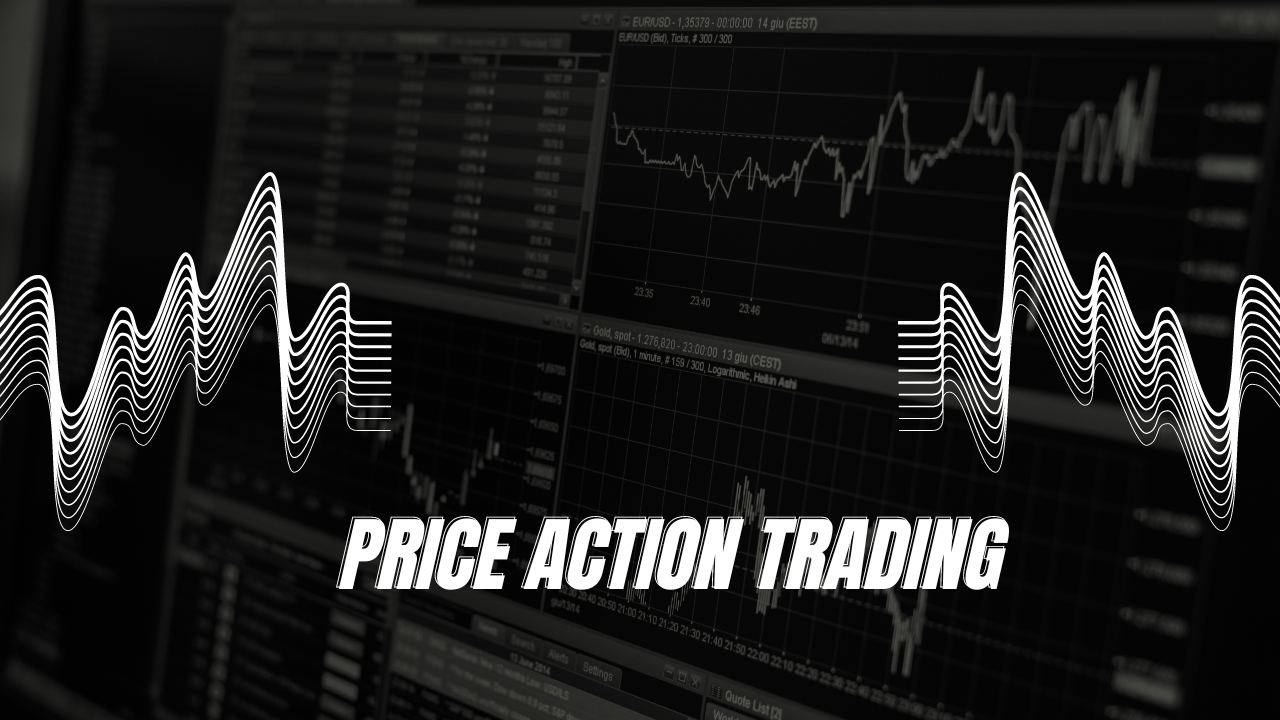Introduction
In the fast-moving realm of financial markets, traders are always on the lookout for strategies to give them an advantage. Out of the many methods available, Price Action Trading stands out for its simplicity, effectiveness, and adaptability. This approach involves studying raw price movements without relying on indicators, offering traders a straightforward and clear perspective on market dynamics.
Understanding Price Action Trading
Price action trading is a form of technical analysis that focuses solely on the historical price movements of an asset. Instead of relying on lagging indicators, practitioners of price action trading interpret price charts and patterns to make informed trading decisions. The core belief behind this approach is that historical price movements repeat themselves, and by studying these patterns, traders can gain insights into future market movements.
Key Principles of Price Action Trading
Candlestick Patterns:
One of the fundamental aspects of price action trading is the use of candlestick patterns. Candlesticks represent the open, closed, high, and low prices for a specific period, offering a visual representation of market sentiment. Common patterns include doji, hammer, engulfing, and pin bars, each providing unique insights into potential market reversals or continuations.
Support and Resistance:
Identifying key support and resistance levels is crucial in price action trading. Support represents a level where buying interest is significantly strong, preventing the price from falling further. On the other hand, resistance is a level where selling interest is robust, preventing the price from rising. Traders often use these levels to make decisions on entry, exit, and stop-loss points.
Trend Analysis:
This sort of trader pays close attention to market trends and attempts to align their trades with the prevailing direction. Trends can be upward (bullish), downward (bearish), or sideways (range-bound). Understanding the current trend helps traders make informed decisions, such as entering trades in the direction of the trend or waiting for potential reversals.
Price Patterns:
Recognizing price patterns, such as head and shoulders, triangles, and flags, is a key skill in price action trading. These patterns can signal potential trend reversals or continuations, providing traders with valuable information for making decisions.
Advantages
Simplicity:
This kind of trading is known for its simplicity. By focusing on price movements and basic chart patterns, traders avoid the confusion that can arise from using numerous indicators. This simplicity makes the approach accessible to both novice and experienced traders.
Adaptability:
Price action trading is highly adaptable to different time frames and financial instruments. Whether trading stocks, forex, commodities, or cryptocurrencies, the principles of price action remain consistent. Traders can adjust their strategies based on market conditions and time frames that suit their preferences.
Real-time Analysis:
Price action traders analyze the market in real time, reacting to current price movements rather than relying on lagging indicators that may provide delayed signals. This real-time analysis allows for quicker decision-making and response to changing market conditions.
For more clarity, you can watch this video
Challenges of
Subjectivity:
The interpretation of price action is subjective, and different traders may identify different patterns or levels of significance in the same chart. This subjectivity can lead to varied trading decisions and outcomes.
Emotional Discipline:
: Price action trading requires a high level of emotional discipline. Since it relies on the trader’s interpretation of raw price data, emotions can play a significant role in decision-making. Successful price action traders often emphasize the importance of maintaining discipline and sticking to a well-defined trading plan.
Conclusion
Price action trading is like a secret weapon for traders who want a straightforward way to understand the market. Instead of using complicated tools, they just look at how prices naturally go up and down. By figuring out what other people in the market are thinking, these traders try to be smarter than everyone else. Even though it takes some practice and self-control, getting good at price action trading can help you find good chances to make money and learn how the market works. It’s like having a key to unlock profitable opportunities and a better understanding of how things move in the market.
